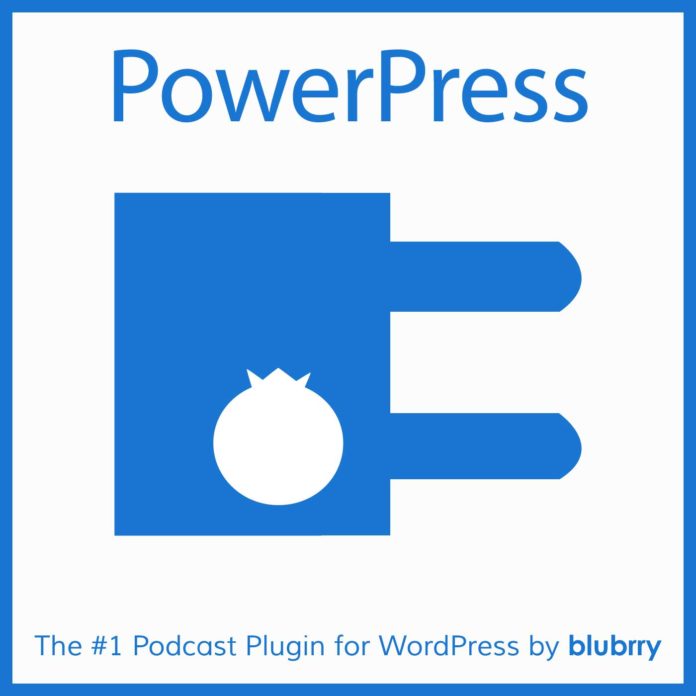
The Zcash privacy coin has gained tremendous prominence among miners within the past few months as many disenchanted enthusiasts seek out digital currencies with greater rewards and less capital investment.
According to the latest statistics, the coin’s hash rate has grown by over 400 percent since July last year and remained immutable even after the capricious November price slump. Bitcoin and Ethereum’s hash rate dipped in the wake of the shifting landscape as miners struggled to break even.
Mining profitability is the main reason why more miners are jumping on the Zcash bandwagon. Mining Zcash is still profitable as compared to other cryptocurrencies. According to CryptoCompare statistics, many Zcash miners are still able to achieve near 100 percent profitability while mining Zcash.
At a power consumption of 1000 watts and at a cost of $0.12 kilowatts per hour, Zcash mining profits can reach about $85 per month. This translates to just over $1,000 a year. Scaled properly, miners can make substantial gains.
Those with more efficient miners and access to cheap crypto mining power stand to make huge returns on the profitability metric. On the other hand, many BTC miners are set to incur losses reaching up to 81 percent, while mining at a hashing rate of 4730 GH/s and at a power consumption of 1293 watts. Power consumption of the figures listed are at a cost of $0.12 KWh. Ethereum mining does not fare very well either. Mining profitability is in the red at a 41 percent loss.
It is important to note that the illustrated data is a general average and does not take into account mining equipment efficiency.
The Zcash Inflation Rate Problem
That said, the positive returns and the subsequent growth of the Zcash network has caused some unforeseen after-effects. Among them is a climbing inflation rate. Right now the network reportedly has a 0.1 percent daily inflation rate.
Daily digital currency issuance has reached the equivalent of about $400,000. Although these figures seem abysmal, they add up significantly when calculating the yearly inflation rate and may become a major problem in the future. A high inflation rate means that coins devalue over time, and this will have a negative impact on the ecosystem.
Right now, there is ongoing debate as to whether Harmony Mining can solve the problem if included in the Blossom upgrade that is scheduled for October. The upgrade is set to include dual proof-of-work capabilities, which are expected to help redistribute tokens by utilizing two mining algorithms.
More than one algorithm means more mining options. Miners will be able to use both GPU and ASIC miners, subsequently spreading political influence.
Bitcoin, the most dominating cryptocurrency by market cap, has an inflation rate of about 4 percent per annum, which is a lot less than Zcash.
How Other Networks Are Fighting Inflation
The Bitcoin Anti-Inflation Mechanism
It is worth noting that, Bitcoin, the mother of all cryptocurrencies was created to be a decentralized currency alternative in the event that global economies would be upended by hyperinflation. As such, it has an inflation regulation mechanism built into its protocol.
The lodestar cryptocurrency was invented during the world financial crisis of 2008 and according to the white paper written by Satoshi Nakamoto, the algorithm was designed to regulate the supply of bitcoin by adjusting difficulty. Difficulty would increase if the network experienced an upsurge in mining activity and inversely go down if there was a drop in the number of miners. The network is also programmed to stop the mining of new coins at 21 million.
This would inevitably create scarcity and rising demand that would consequently counter inflation, thereby triggering a rise in value. With the mining option now out of the equation, bitcoin transactions would increase and inflation would decrease. Right now, over 17.4 million bitcoins have been mined.
The Bitcoin algorithm is set to cut miner rewards in half in 2020 through a process referred to as halving. The process has been a major bitcoin price-hike catalyst over the years. It has historically led to a price rally in the months preceding the event.
The subsequent scarcity that is bound to occur will lead to a rise in value, a trend that crypto investors are advised to watch for. A price rally in anticipation of halving historically starts about a year prior to the event and is, in this case, expected to start in May 2019. Block reward halving is expected to occur on May 25, 2020. Prices are expected to rally again and settle at a point of equilibrium.
The last two halving events triggered huge price escalations. The 2012 halving event, which occurred in November, caused bitcoin’s price to jump from $12 to $240 within six months. And the last halving event, which occurred on July 9, 2016, led to an unprecedented price uptick from $580 to $900 within a few months.
Countering the Ethereum Inflation Rate
Ethereum’s inflation rate is bound to decrease after the Constantinople upgrade, currently scheduled for February. It is expected to bring down the supply of the digital currency by 33 percent. Experts envisage that this will cause Ethereum to increase in value. Overall, the hard fork is expected to create greater price stability.
(Feature Image Credit: Pixabay)
The post Zcash Mining More Profitable Than Bitcoin & Ethereum, Faces Inflation Problems appeared first on CoinCentral.

Coincentral.com is author of this content, TheBitcoinNews.com is is not responsible for the content of external sites.
Our Social Networks: Facebook Instagram Pinterest Reddit Telegram Twitter Youtube











